Dive into the dynamic domain of marketing automation, a powerful intersection of advanced marketing strategies and cutting-edge automation technologies. Today’s businesses strive to deliver tailored experiences to their customer base. Marketing automation platforms stand at the forefront, enabling businesses to:
- Seamlessly bridge customer touchpoints
- Personalize content for enhanced engagement
- Track and refine customer journeys in real time
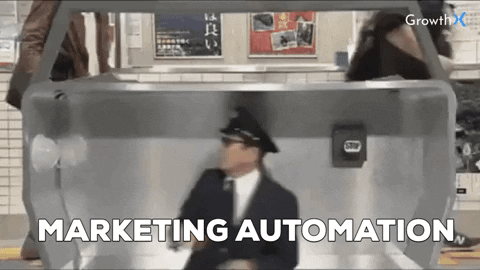
Embracing marketing automation tools bolsters efficiency, optimizes resources, and—most critically—elevates the customer experience to unparalleled heights. With automation, every customer interaction becomes a tailor-made moment, fostering loyalty and driving growth. If you’re eager to supercharge your customer relations and marketing prowess, consider integrating tools like Plerdy for optimal CRO & UX outcomes. Ready to make the leap? Let’s deep dive together and navigate the dynamic landscape of marketing automation!
Defining Marketing Automation
At its core, marketing automation streamlines and optimizes a company’s marketing tasks. It’s the fusion of marketing intelligence with technology, ensuring businesses efficiently nurture customer relationships and target potential customers with precision. For instance:
- Retailers: Leverage marketing automation to send personalized product recommendations based on a customer’s browsing history.
- B2B Enterprises: Utilize marketing automation to guide potential leads through a tailored sales funnel.
Companies may scale marketing tactics to reach every client touchpoint using automation. Furthermore, the marriage of marketing and automation gives brands the upper hand in understanding their customer behavior. Consequently, businesses dive deep into data-driven insights, refining their marketing strategies and ensuring customers receive the most relevant content.
Take the fitness industry as another example. With marketing automation, fitness centers can dispatch tailored workout plans or nutrition tips to subscribers, enhancing the customer experience while maximizing engagement. This synergy of marketing, automation, and the ever-evolving customer landscape ensures businesses stay agile, adaptive, and always at the forefront of their industry.
Benefits of Marketing Automation
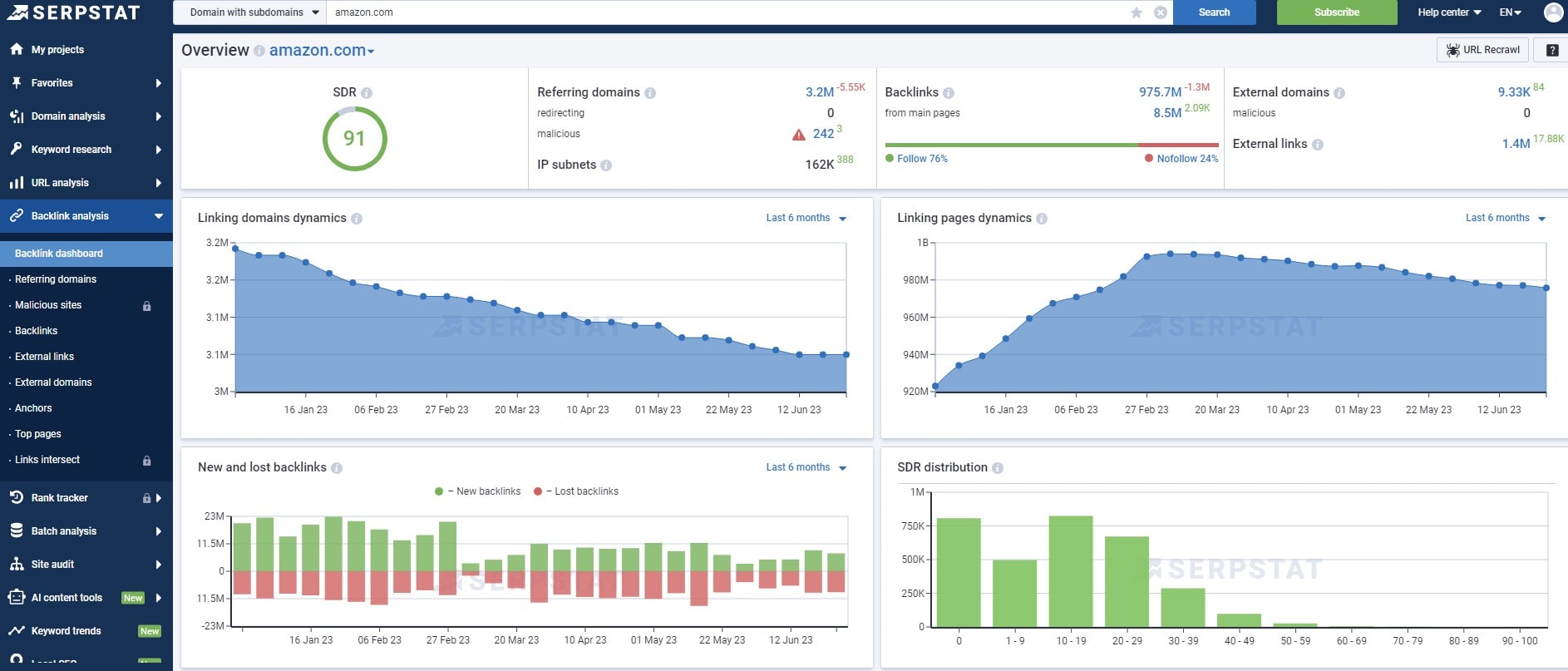
Embracing marketing automation can significantly elevate a brand’s efficiency and impact. By leveraging automation, businesses tap into a powerhouse of capabilities that transcend traditional marketing methods. Here’s how:
- Increased Efficiency: Automation tools streamline marketing campaigns, freeing up valuable time for strategic planning.
- Personalization at Scale: Think of a bookstore using automation to suggest tailored reads for each customer, enhancing their shopping experience.
- Data-Driven Decisions: E-commerce brands can analyze customer shopping habits, refining their marketing strategies for maximum impact.
- Consistent Customer Engagement: Hotels, for instance, can use marketing automation to send timely deals or room upgrades, ensuring guests feel valued throughout their stay.
Integrating marketing and automation allows firms to track client interactions at every touchpoint. Through automation, the intricate dance between marketing initiatives and customer needs becomes harmonious, creating a symphony of targeted and impactful strategies. Brands, regardless of their niche—from tech startups to organic cafés—can harness this amalgamation, ensuring they deliver standout customer experiences while bolstering their market position.
Key Features of Marketing Automation Tools
Delving into marketing automation, you find a treasure trove of features designed to enhance customer engagement and streamline marketing processes. At the heart of it all:
- Email Campaign Management: Imagine a restaurant chain efficiently managing newsletters, ensuring every customer gets personalized discounts based on their favorite dishes.
- Lead Scoring and Nurturing: A software company can use this feature to identify and cultivate high-potential leads, ensuring optimal resource allocation.
- Analytics and Reporting: A fashion retailer tracking customer behavior can tailor marketing efforts to align with current trends, driving sales.
- Social Media Integration: By linking social media and marketing automation, a fitness brand can synchronize their content, fostering consistent customer interaction.
These features form the backbone of marketing automation, serving as vital cogs in the machinery that propels customer-centric strategies forward. With such tools at their disposal, businesses unlock the potential to tailor their marketing efforts, ensuring they hit the mark every time. From boutique agencies to sprawling corporations, the integration of marketing, automation, and customer focus is a recipe for success, driving growth and customer loyalty in equal measure.
Email Campaign Management
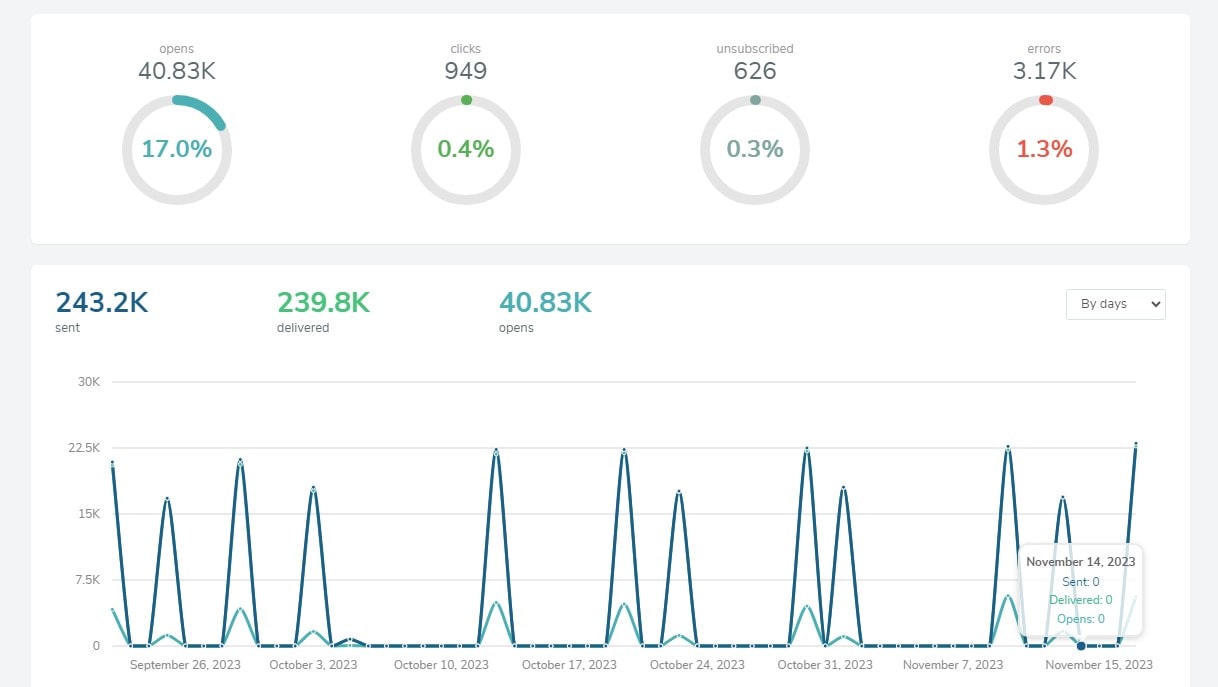
Diving into the realm of marketing automation, email campaign management stands out as a pivotal asset. It weaves marketing, automation, and customer experiences into fascinating stories. Consider:
- Targeted Outreach: A cosmetic brand, using automation, can tailor emails to customer preferences—matte lipstick lovers receive alerts on the latest shades, while skincare aficionados get updates on rejuvenating products.
- Timed Triggers: Automation ensures a coffee shop sends morning discount codes, catching customers just as they crave their caffeine fix.
- Performance Metrics: With marketing automation tools, a tech startup tracks email open rates and link clicks, refining their strategy for better engagement.
Harnessing the synergy of marketing and automation through emails ensures businesses consistently cater to customer interests. Every email becomes a tailored conversation—a unique blend of brand voice and customer preference. It’s not merely about sending messages; it’s about crafting journeys, and with the right mix of marketing, automation, and deep customer insight, businesses can ensure these journeys are memorable, engaging, and always relevant.
Lead Scoring and Nurturing
In the landscape where automation, marketing, and customer insights converge, lead scoring and nurturing emerge as standout strategies. These tactics empower businesses to:
- Prioritize Efforts: An online course platform might use marketing automation to determine which leads are most likely to enroll based on their interaction with demo content.
- Cultivate Relationships: A home decor brand can automate follow-ups, sending a customer tips on interior design after they’ve purchased a statement piece.
- Streamline Conversions: Automation aids a travel agency by prompting hot leads with timely vacation package deals, increasing the likelihood of bookings.
By intertwining marketing and automation, businesses pinpoint where a customer stands in their buying journey. The end goal is clear: transform casual interactions into lasting relationships. This methodology, steeped in a rich blend of marketing knowledge and automation prowess, ensures every potential customer is not just identified but also cherished, guided seamlessly from curiosity to commitment.
Analytics and Reporting
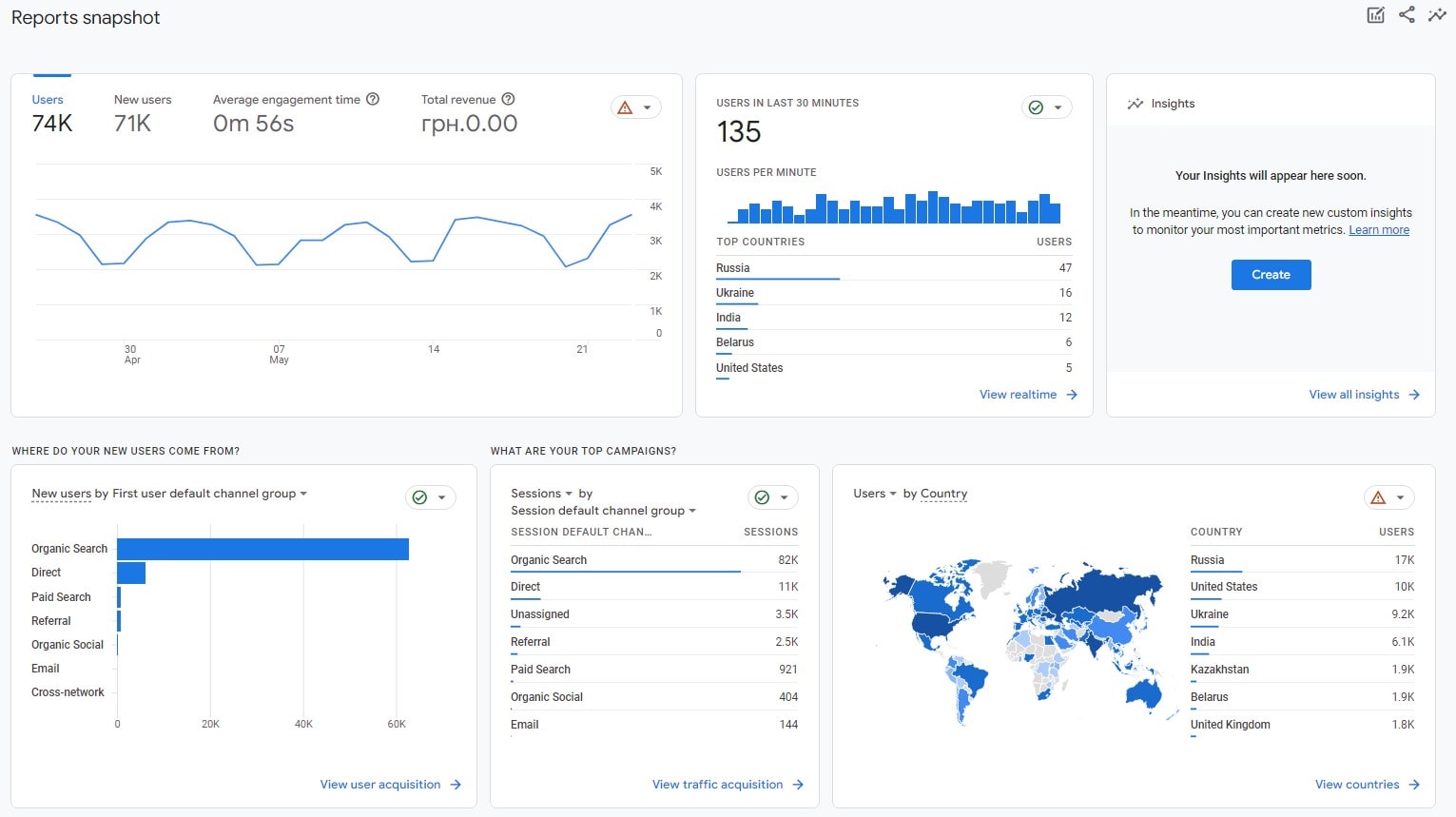
When marketing meets automation, the spotlight often shines on analytics and reporting. It’s here that data-driven insights fuel stellar customer experiences. Delving into the nuances:
- Bespoke Insights: An organic skincare line taps into marketing automation to gauge which products resonate most with their customer base, tailoring launches accordingly.
- Conversion Pathways: Through automation, a digital bookstore maps out the customer journey—from browsing to buying—pinpointing where readers are most likely to make a purchase.
- Engagement Metrics: A music streaming service employs marketing tools to track song skips, replays, and favorites, shaping their recommendations to individual customer tastes.
The fusion of marketing, automation, and in-depth customer understanding transforms raw data into actionable intelligence. It’s about turning numbers into narratives, charts into checkpoints, and metrics into milestones. In this harmonious blend, brands don’t just react—they anticipate. They don’t just understand—they empathize. With robust analytics and reporting, businesses seamlessly adapt to customer needs, ensuring their marketing efforts always hit the right note.
Social Media Integration
In the digital age, the confluence of marketing, automation, and customer engagement naturally points to social media integration. This dynamic nexus offers:
- Unified Branding: An artisanal bakery integrates its marketing automation with Instagram, ensuring every customer sees their freshest pastries in real-time stories.
- Instant Feedback: Through automation, a fitness app on Twitter promptly responds to customer workout queries, enhancing user experiences.
- Coordinated Campaigns: A sustainable fashion brand uses marketing tools to synchronize product launches on Facebook and Pinterest, driving customer excitement and engagement.
The brilliance of integrating social media within the marketing and automation framework lies in its ability to foster authentic customer connections on platforms they frequent daily. It’s not merely about broadcasting—it’s about listening, engaging, and adapting. By leveraging these platforms with a keen sense of customer pulse, brands can amplify their reach, resonate more deeply, and etch lasting digital footprints in the ever-evolving social landscape.
Popular Marketing Automation Platforms
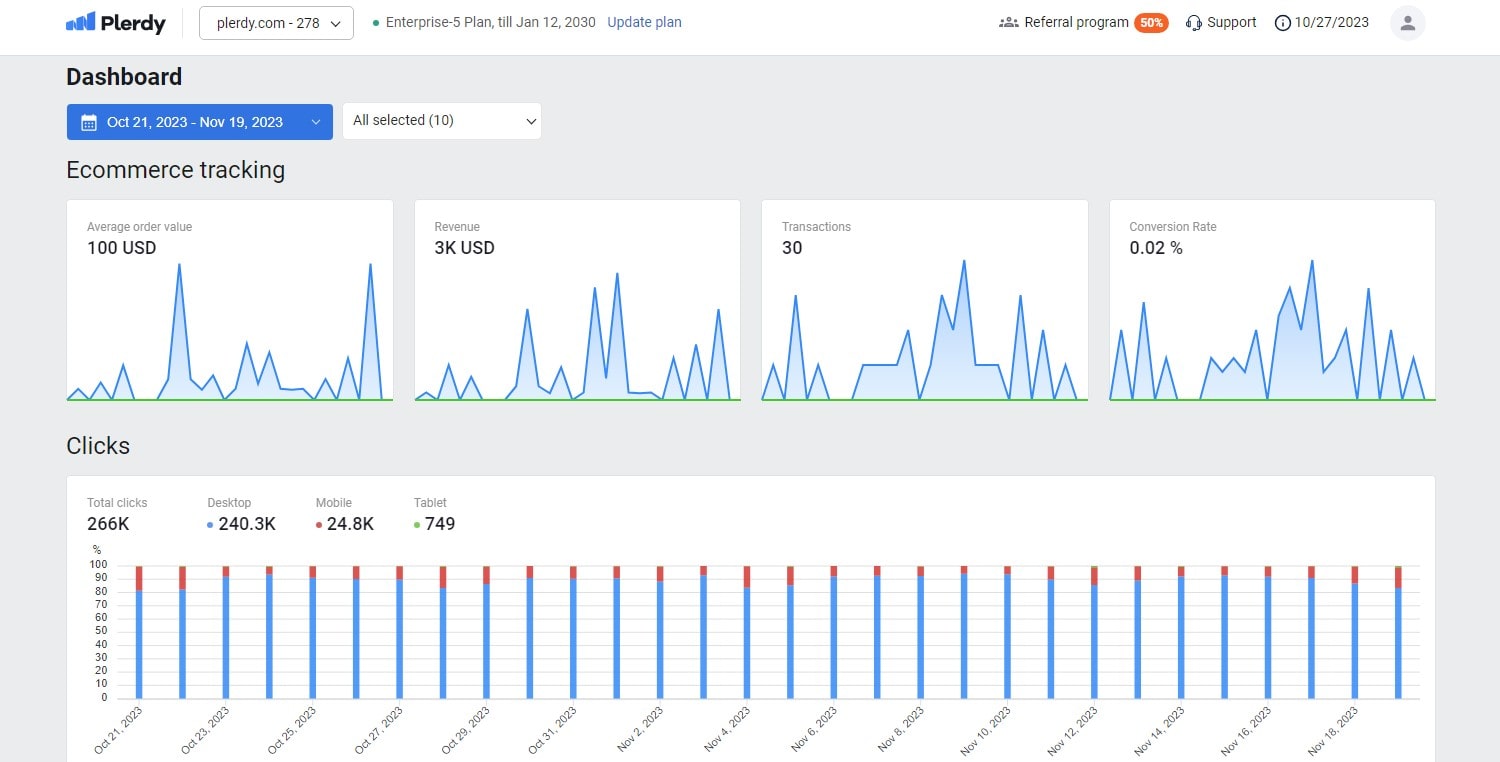
Several solutions satisfy firms’ marketing, automation, and customer involvement needs. Taking the lead in the race to revolutionize customer experiences:
- Plerdy: Plerdy stands out in digital marketing with its comprehensive tools: user behavior heatmaps, conversion funnel analysis, SEO audits, real-time event tracking, and a performance-indicating dashboard.
- HubSpot: With a holistic approach to marketing, this tool bridges the gap between customer relations and inbound strategies, optimizing touchpoints at every stage.
- Marketo: A frontrunner in automation, it crafts personalized customer journeys, making every interaction count.
- Mailchimp: Beyond its renowned email services, it dives deep into customer preferences, tailoring content to resonate and engage.
- ActiveCampaign: Blending email marketing with automation finesse, it zeroes in on customer behaviors, amplifying engagement metrics.
The digital age thrives on choice, and these platforms rise to the occasion, weaving marketing strategies with automation precision. By honing in on customer insights and crafting tailored experiences, they ensure businesses stay top-of-mind. It’s not just about reaching out—it’s about meaningful connections. As the digital tapestry grows more intricate, these platforms, with their unwavering focus on customer-centric solutions, continue to set the gold standard in marketing excellence.
Steps to Integrate Marketing Automation Into your Business
Diving into the digital dance of marketing automation can feel overwhelming. But, with a structured approach, weaving automation seamlessly into your business becomes second nature. Harness the power of technology to bolster customer relationships and fine-tune your marketing prowess.
- Evaluate Current Processes: Begin by mapping out your existing marketing activities. Spot gaps and identify opportunities where automation can up the ante, such as streamlining customer follow-ups or automating repetitive tasks.
- Choose the Right Platform: Whether it’s HubSpot for inbound mastery or ActiveCampaign for email excellence, pick a tool that aligns with your business goals and customer engagement needs.
- Train Your Team: Bring your team up to speed. Workshops and hands-on training sessions ensure everyone’s on the same page, ready to make the most of the automation tools at hand.
- Segment Your Audience: Use automation to sift through customer data. Break it down into digestible chunks—categorizing users by behavior, preferences, or purchase history—to craft more personalized marketing campaigns.
- Optimize and Iterate: As you roll out automation strategies, monitor performance. Tweak and refine based on feedback, ensuring customer experiences remain top-tier and your marketing efforts never grow stale.
In the fast-paced whirlwind of digital business, integrating marketing automation offers a competitive edge. A focus on the customer, combined with the efficiency of automation, ensures your brand stays vibrant and relevant in a constantly evolving landscape.
Common Pitfalls and How to Avoid Them
Navigating the intricate maze of marketing automation can sometimes lead brands down a slippery slope. But by recognizing common missteps and gearing up with preventative measures, businesses can optimize their customer engagement without a hitch.
- Over-Automating: Enthusiasm for automation can drive some businesses to go overboard, leaving little room for human touch. Counteract this by ensuring a balance between automated processes and personalized interactions, especially in critical customer touchpoints.
- Neglecting Customer Feedback: Customer voices are gold. Failing to factor them into marketing strategies can skew your automation’s effectiveness. Always loop in customer insights when shaping or refining your automation blueprint.
- Misunderstanding Your Tools: Diving into automation without fully grasping your platform’s capabilities can backfire. Regular training sessions and workshops can keep your team clued in and ready to harness the platform’s full potential.
- One-Size-Fits-All Approach: Every customer is unique. Over-relying on generic automation pathways can dampen the personalization factor. Instead, segment your audience and tailor campaigns to resonate with different customer groups.
With eyes wide open to these pitfalls, businesses can sail smoothly on the marketing automation seascape. Prioritizing customer-centric strategies, staying hands-on, and continuously adapting will keep brands thriving in the automation-driven era.
The Future of Marketing Automation
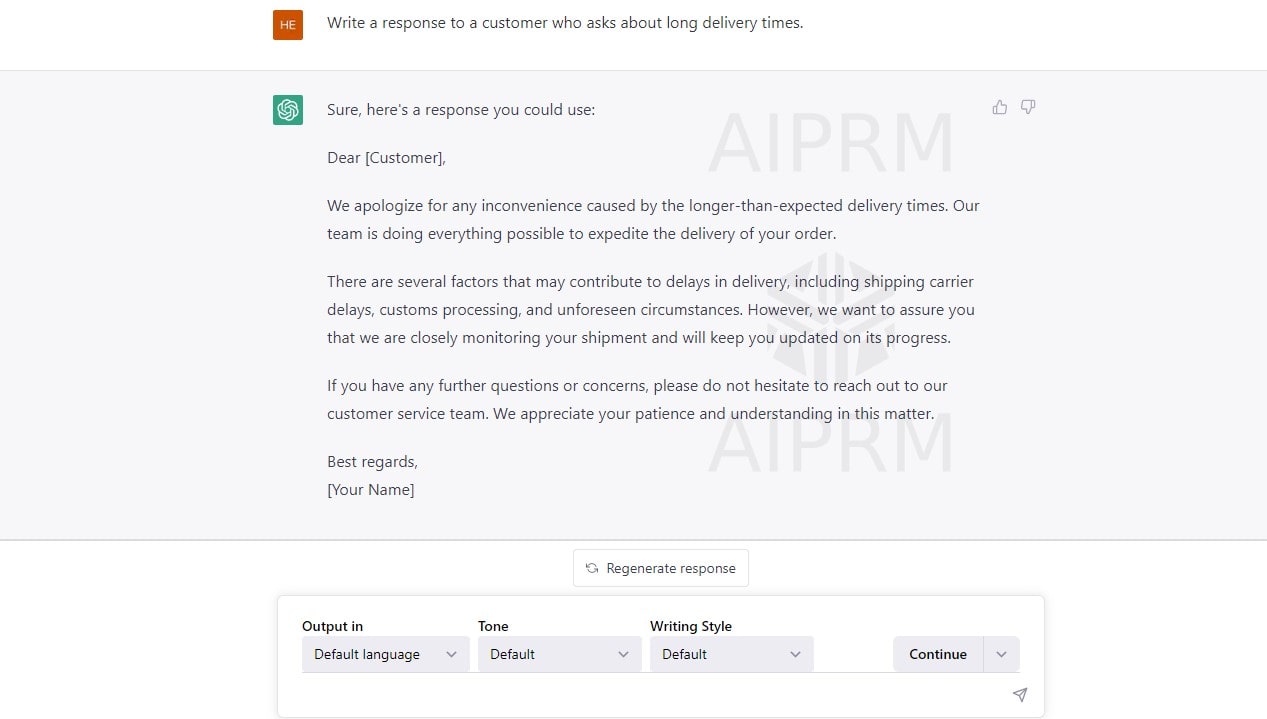
Dive deep into the horizon of marketing automation, and it’s evident that its trajectory is steeped in innovation. The evolution we’re witnessing is reshaping how businesses interact with customers, crafting experiences that are both seamless and personal.
- AI-Driven Personalization: As automation tools harness the prowess of Artificial Intelligence, expect hyper-targeted marketing strategies. For instance, e-commerce sites might soon predict customer preferences with uncanny accuracy, tailoring product displays in real-time.
- Integrated Voice Search: As voice-activated devices gain traction, marketing automation will pivot to accommodate voice search, refining the way brands engage with their customer base.
- Ephemeral Content Automation: With the rise of fleeting content on platforms like Instagram and Snapchat, automation will lean into creating time-sensitive campaigns that capture customer attention in the moment.
- Behavior-Based Triggers: Rather than relying solely on pre-set pathways, the future will see systems that react instantaneously to customer behaviors, streamlining the buyer’s journey.
Pioneers in the marketing space are gearing up to tap into these innovations, driving their brands towards unparalleled customer engagement. As automation platforms mature and adapt, they promise an era where every interaction is meaningful, resonating deeply with its intended audience.
Conclusion
In wrapping up this deep dive into marketing automation, it’s evident how essential these tools have become in today’s dynamic business landscape. Marketing automation is not just a buzzword; it’s a strategic move to build stronger connections across the customer journey. By streamlining workflows and enhancing communications, businesses can more effectively engage their prospects.
Here’s the bigger picture:
- Marketing automation tools work wonders in managing customer accounts and contact touchpoints.
- They enable teams to act swiftly, ensuring no prospect’s detail is left in the shadows.
- Through functionalities like segmentation and messaging, businesses can easily tailor content, improving the overall customer experience.
From Salesforce’s robust CRM to Oracle’s vast toolkit, there’s a plethora of options for businesses of every size. The goal is clear: increase revenue and value with less manual effort. And if you’re keen to get an edge in the game, Plerdy offers an exceptional tool for SEO & UX analysis. Dive in, and harness the power of automation to achieve greater results. Embrace the future of marketing and watch your efforts reap substantial rewards.
